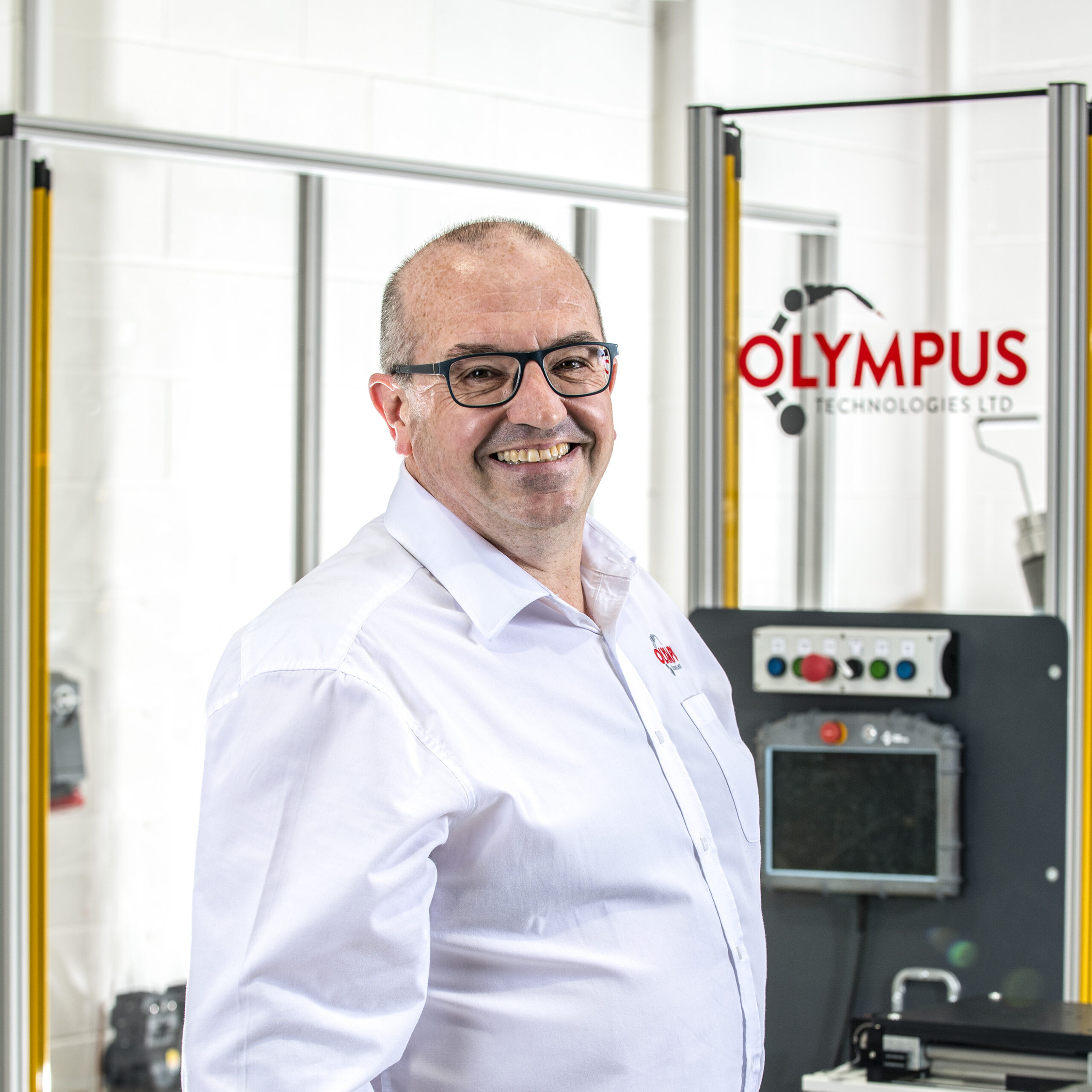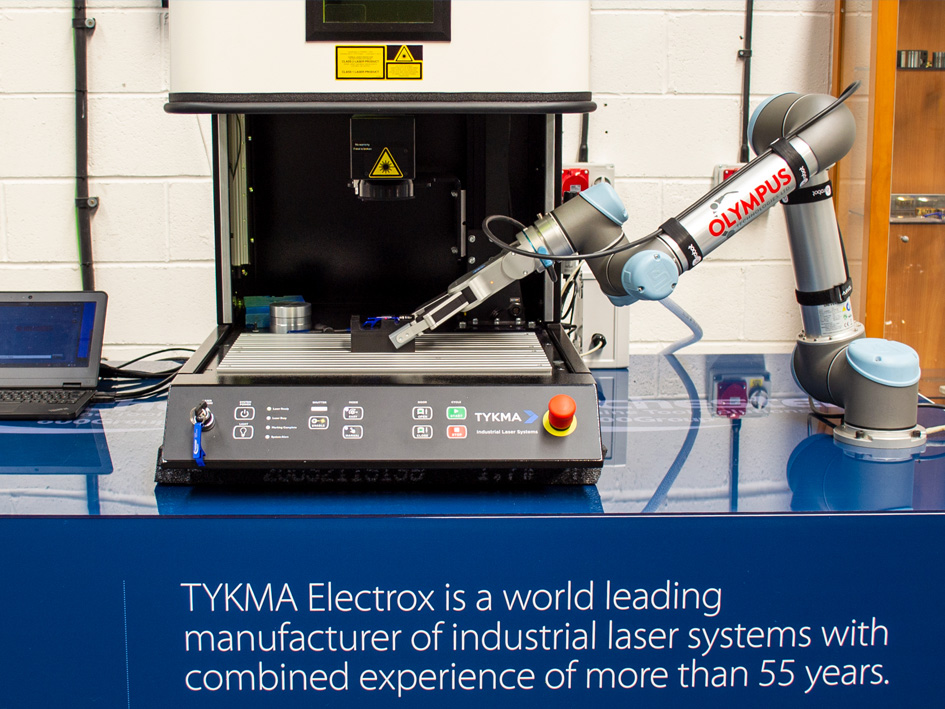Why End Effector Customisation Matters in Industrial Automation
In fast moving sectors like food packaging and FMCG, speed, precision, and adaptability define every production line. Case packing, the step where finished goods are placed into cartons, involves repetitive tasks, delicate objects, and strict cycle times. This guide focuses on customising robotic end effectors for complex case packing tasks so operations can scale with confidence.
Standard robotic arms and end of arm tooling handle basic motion, but they often struggle with complex tasks or irregular packs. A custom end effector tailored to your layout and SKUs delivers more than capability, it delivers a competitive edge. Teams gain the flexibility to solve specific tasks without redesigning upstream equipment.
What is a Robotic End Effector?
A robot end effector, often described as the robot's hand, is the interface at the end of a robotic arm that touches the product. In industrial automation, it carries out material handling, pick and place tasks, assembly tasks, and quality testing. The best tools manipulate objects with precise control, even in unpredictable environments.
On a packaging line, the tool might lift cartons, steady fragile items, or close a flap before placing into a case. Some mechanisms mimic the kinematics of a human arm to coordinate with a robot arm during fine positioning. The result is high precision handling that supports automating packaging without sacrificing throughput.
Types of End Effectors and Where They Excel
End effectors are not one size fits all. Selection depends on product geometry, surfaces, and the surrounding process tools.
1. Mechanical Grippers
Best for rigid packs, these units mimic the human hand with fingers or jaws. They perform multiple tasks like stacking and singulating, but can mark delicate objects if pads and forces are not tuned.
2. Vacuum Grippers
Using suction cups or electric vacuum grippers, these excel on flat, lightweight, and smooth items. They are common in pick and place routines for flow wrapped packs and carton blanks, although porous films and dusty surfaces can be a limitation.
3. Magnetic Grippers
Designed for ferrous materials, these shine in lines that combine packaging with a production process involving tins or metal lids. They cannot grip non conductive items, so a hybrid station may be required.
4. Hybrid and Adaptive Grippers
By combining techniques, these tools support multiple industries and mixed SKUs. Soft fingers and compliant pads enable handling delicate objects with worker safety in mind.
Key Factors in Designing Custom End Effectors
When specifying a custom end effector, start with the product. Consider weight, shape, surface, and fragility, then align the tool with the case pattern and orientation. In high speed cells with delta robots, keep mass low so the mechanism can accelerate and stop cleanly.
Account for product variability and changeovers. Food packaging often demands quick swaps between sizes or irregular items, so design arm tooling for rapid release and repeatable location. Modern tools integrate vision systems, proximity sensors, force sensors, and light sensors to sense the product and the environment.
These sensing layers enable pick and place with high precision and reduce human error. Smart control systems refine grip force and timings so the machine can place tasks accurately on moving conveyor belts. With good design, the tool can perform multiple tasks and still run tasks efficiently.
Collaborative Robots and Custom End Effectors
Collaborative robots changed how packaging lines are deployed. Unlike traditional industrial robots that sit behind fences, cobots share space with human workers and can be redeployed quickly.
For cobots, end of arm design emphasises worker safety, low mass, and intuitive control systems. A flexible robot arm that can integrate seamlessly with fixtures and guides is valuable when SKUs change daily.
How End Effectors Support High-Speed Packaging
For any production line, throughput is a core KPI. When manual processes create bottlenecks or tedious tasks, pick and place robots and delta robots can increase productivity with consistent motion profiles.
Speed must not damage goods. Poorly tuned grippers can scuff primary packs or drop loads. A well engineered tool balances high speed with gentle application, which is critical when handling delicate objects near conveyor belts.
Customisation as a Competitive Advantage
Bespoke end of arm tooling boosts output and resilience. You reduce changeover friction and improve quality with tooling shaped to real cartons and case patterns.
Here’s how
Tools built for your products help increase productivity and reduce rework. Automating repetitive or place tasks cuts variation, lowers scrap, and reduces human error. Over time, lower cost per case and minimal downtime deliver a measurable competitive advantage.
Seamless Integration With Robotic Systems
Value comes from how well the robot end effector ties into your robotic systems. The end of arm must align with robot arms and motion profiles, with clean cable routing to avoid snags.
Tie the cell into conveyor belts and product positioning aids. Add vision systems for recognition and measurement, then connect control systems that adjust grip and vacuum in real time.
Software matters as much as mechanics. Modern automation solutions let engineers modify programs, monitor wear, and schedule preventive maintenance without halting the cell, which keeps lines running with minimal downtime.
Built for Flexibility and Future-Proofing
Custom tools support adaptive operations. They handle seasonal SKUs, quick change tooling, and various tasks without resetting the entire cell.
Use materials and joints that tolerate cleaning and audits. Designs that accept eco friendly films and new pack formats avoid redesigns as standards evolve.
Maintenance, Safety, and Quality Assurance
Workplace safety, hygiene, and uptime are non negotiable in food processing and pharma. Look for easy clean materials, tool less disassembly, and guarded pinch points.
Plan inspections to catch signs of wear and schedule preventive maintenance. Add built in sensors for quality testing and automated inspection so the tool can flag defects during the production process.
Innovations and Trends in End Effector Design
End of line automation is getting smarter. Machine learning improves grip selection as packs vary, and IoT data helps schedule service before failures.
Rapid prototyping, including 3D printed arm tooling, shortens test cycles. Beyond packaging, the same platform can mount welding torches or other process tools, which is useful for place robots that move between cells.
Limitations to Consider
Custom hardware requires upfront investment and integration effort. Some tools are tuned for specific tasks and may not suit a different pack without changes.
Balance features against a cost effective bill of materials and serviceability. The goal is a robust tool that meets today’s needs and scales tomorrow.
Conclusion: Designing for the Future of Packaging Automation
The end effector is central to automating packaging and making complex tasks predictable. With the right design, you can manipulate objects gently, run at high speed, and still protect human workers.
Design for your products, then integrate seamlessly with vision systems, control systems, and upstream equipment. Done well, a custom end effector delivers long term value and a clear competitive edge.
Suggested Next Steps
Add a visual “Types of End Effectors for Case Packing” table to support quick scanning. Include a downloadable checklist for design specs and validation. Link to case studies that show how the right tool can increase productivity across multiple industries.
FAQs
How do vacuum grippers compare to mechanical grippers for food packaging?
Vacuum grippers with suction cups or electric vacuum grippers are ideal for flat, smooth packs and can run at high speed with minimal marking. Mechanical grippers suit rigid formats or when packs are hard to seal, and they can perform multiple tasks if finger geometry is tuned.
What sensors should a custom end effector include for pick and place tasks?
Start with vision systems for product detection, then add proximity sensors, force sensors, and light sensors to refine grip timing. These layers let the tool handle delicate tasks with high precision while reducing human error.
Can a single tool handle various tasks across multiple industries?
Yes, hybrid designs and modular arm tooling allow one robot arm to switch between material handling, assembly tasks, and place tasks. With the right interfaces at the end of arm, you can redeploy cells quickly and keep minimal downtime.
How do I balance lower cost with performance when automating packaging?
Define the specific tasks that drive ROI, then choose cost effective components that integrate seamlessly with existing robotic systems. Prioritise safety and reliability so the tool runs tasks efficiently on the production line without unplanned stops.














